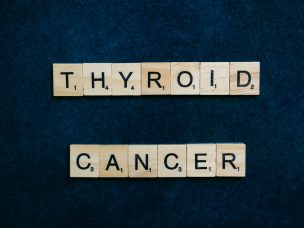In this MD Newsline exclusive interview with pulmonologist and critical care physician Dr. Komal Parikh, we discuss how the COVID-19 vaccine has impacted people with asthma. We also discuss asthma management challenges and disparities in the wake of the pandemic.
MD Newsline:
How has the COVID-19 vaccine impacted your patients?
Dr. Komal Parikh:
“My patients with asthma are very excited about the COVID-19 vaccine. I’ve had a lot of patients that have asked me how to get it, and I’ve had a lot of patients that made an appointment and gotten it. So, overall, I’d say about 90% of my patients have beeen very excited about it and they’ve been proactive in getting it—and they’ve been able to get it—which is the most important piece.”
MD Newsline:
What are the biggest challenges that pulmonologists and critical care physicians are tasked with when treating asthma in the wake of COVID-19?
Dr. Komal Parikh:
“So, unfortunately, because of this pandemic, and because COVID-19 is a respiratory illness, I have seen a lot of patients in the intensive care unit who have waited too long to get treatment for their asthma exacerbation, and I’ve had some patient deaths where had they come in earlier, they would have been able to avoid that outcome.
And it’s really just because of their fear of the pandemic. They’re scared to leave their house. So they’ve tried to manage their asthma at home rather than getting treatment earlier. And then some of the patients that have asthma and have had COVID-19 have had very poor outcomes.”
MD Newsline:
Do you think asthma disparities have worsened during the COVID-19 pandemic?
Dr. Komal Parikh:
“Yes, asthma disparities have worsened during the COVID-19 pandemic. A lot of my patients with asthma that is normally pretty well-controlled have developed asthma exacerbations. They didn’t get the help that they needed at the time. Some of them even end up with COVID-19, and they end up with longer ventilation weaning and ICU stays, and we end up with a lot of asthma-related fatalities.”
Responses have been condensed and lightly edited.








